Like a Dragon: Ishin! takes Kazuma Kiryu back to the late Edo period as the imperial loyalist Sakamoto Ryōma. But the Dragon of Dojima has always been a samurai at heart.
The real-life yakuza make a show of their connection to the samurai’s feudal attitudes and bushido code as proof of their connection to Japan’s ancient warriors. But in truth, it’s Kiryu’s kindness and determination to protect the weak which set the Yakuza series apart since the very beginning. That makes him the true descendent of a long line of samurai kyōkyaku (which translates to ‘chivalrous commoner’) characters who fought oppression and injustice in Japanese cinema and drama for centuries.
With series creator Toshihiro Nagoshi’s background, that’s no accident – his illustrious SEGA career was a fallback after he failed to find work in movie production – and the emotional core of one of gaming’s most endearing characters has a lot in common with cinema’s Robin-Hood style figures.
Kazuma Kiryu, the Chivalrous Commoner
Sakamoto Ryōma was a low-ranked but formidable samurai who played an important role in toppling the Tokugawa Shogunate before his assassination aged 31. The figure was adapted on screen numerous times and had become so mythologized, anyone could see themselves in him, according to actor Masaharu Fukuyama who played Sakamoto in 2010. Ishin! plays out in a similar fashion, letting Kazuma Kiryu loose on a highly embellished retelling of Japanese history. But while they definitely share similarities, Kiryu would have been better cast as a kyōkyaku.
Kyōkyaku were popular heroes in the Jidaigeki period dramas set in the same Edo period as Ishin! These films, set in early-modern Japan, depicted the gambling criminals who preceded the yakuza as outcast samurai with strong moral codes, often based on real Edo criminals in films like A Diary of Chuji’s Travels (1927) or Jirocho Sangokushi (1965). Naoto Mori, a film critic from Kanagawa Prefecture who wrote the Japan Film Festival’s introduction to Yakuza movies, spoke to IGN about the samurai origins of kyōkyaku.
“The heroic samurai image is a classic in Japanese fiction. Even though he is a samurai, he does not belong to any organization, he is a wandering character who travels alone […] a kind-hearted outlaw full of loyalty and humanity, with the creed of destroying the strong and helping the weak.”
Kiryu constantly meddles in strangers’ lives for the better in hundreds of colorful side quests the series has become fondly known for. As much the Angel of Kamarucho as he is Dragon of Dojima, he’s a gruff, sensitive but ultimately willing friend to those in need, never passing a moment without bailing out film directors, overthrowing cults and helping countless relationships to blossom — all while navigating the simmering yakuza clan tensions and the day-to-day drama of running an orphanage.
It’s clear to Mori that Kiryu Kazuma shares a common, selfless heritage with kyōkyaku heroes. “The character Kazuma Kiryu is a modern, yet classic, ‘heroic yakuza’ descendant. As an ally of the socially vulnerable and orphans he is exactly in line with the tradition of heroic icons in period dramas and yakuza movies.”
The popularity of these figures on the side of the common people rose in times of drastic change, so it’s no surprise it spiked in Ishin’s setting. In this period — known as the Bakumatsu, when both the Tokugawa shogunate and 265 years of Japan’s isolation policy approach their end — disruptive behavior was celebrated for sticking it to the oppressive shogunate.
Even though he is a samurai, he does not belong to any organization, he is a wandering character who travels alone […] a kind-hearted outlaw full of loyalty and humanity, with the creed of destroying the strong and helping the weak.”And the kyōkyaku was destined to return in another time of seismic change, namely post-war Japan. Internationally, Toei may be known for franchises like One Piece and Dragon Ball Z, but they made their name modernizing the kyōkyaku to play the starring role in a conveyor belt of ninkyo, or chilvalrous, movies.
Mori tells us how the ninkyo genre, including American influenced films like A Gambler’s Life (1963) about honorable outlaws, fused traditional and modern values. “Ninkyo is the spirit of self-sacrifice, which is directed to defeat the strong and help the weak. […] The origins of “Ninkyo Eiga” is from the Meiji era to the early Showa era (late 19th century to early 20th century)… In other words, it is modern Japan before the war, where new and old values collide. He is a yakuza who inherited both the spirit of “toseinin” [gamblers linked to the underworld] and “kyōkyaku” from the age of samurai.”
It’s an influence which feels alive as ever when you see Ryōma Sakamoto in Ishin! fighting for notions of equality and industrialism with his katana and pistol in hand. The Ninkyo films converted the American lone gunman for Japanese audiences. Despite their 1900s setting, these characters usually resolved disputes with exhilarating katana duels. In Brutal Tales of Chivalry (1965), Ken Takakura struggles to uphold a pacifist oath against rival gangs threatening market traders in the ruins of post-war Kanto — culminating in a sword versus pistol duel.
Hiroyuki Sakamoto on Kiryu, Samurai and Sakamoto Ryōma
We asked Hiroyuki Sakamoto, Chief Producer of Like a Dragon: Ishin! and RGG Studio, if samurai fiction fed into the creation of Kazuma Kiryu. After all, over the years he’s proven to be no stranger to a katana or even wearing a hakama on occasion. According to Sakamoto, there was no deliberate influence but he definitely sees a connection through Kiryu’s moral conviction. “We didn’t exactly look to samurai when creating Kazuma Kiryu, but the strong belief of not succumbing to anyone is, in a way, a common trait with the samurai spirit.”
Sakamoto has worked on the series since Yakuza 2 in 2006, and the exhaustive depth of Yakuza media he’s explored in that time makes it difficult to identify a primary influence. “I think I’ve seen pretty much all pieces, classic or contemporary, major or minor, among Japanese, Hong Kong, Korean and Hollywood films that are based on the yakuza or the mafia, so it’s hard to mention names.” However he is conscious of how the genre developed over the years. “Films about yakuza or mafia evolve their storytelling methods and presentations with time, I am continuously inspired by them,” he said.
Hiroyuki Sakamoto added that they made full use of Sakamoto Ryōma’s changing personality across adaptations — even if RGG Studio flourishes like squeezing oranges into bandit’s eyes definitely go several steps further than most. “There are many novels, dramas and films based on Sakamoto Ryōma in Japan, and his character differs in all of them. We thought, if we were to use Sakamoto Ryōma, we wanted to tell a story where someone with strong beliefs like Kazuma Kiryu would strive to change Japan. I think this is why he was a good match.”
Yakuza’s Cinematic Inspirations
Yakuza cinema didn’t end after the 1960s ninkyo, but it did change significantly. The cinematic influence of the genre’s evolution on the Yakuza games couldn’t be plainer, Kiryu’s often quite literally wearing those influences on his sleeve through his outfits. His trademark gray suit and plum shirt combo is a perfect match for Shozo Hirono’s outfit in 1974’s New Battles Without Honor and Humanity, the series which marked a transition from idealistic ninkyo films to a gritty, true crime style. If Kiryu is a kyōkyaku hero straight out of Toei’s ninkyo films, the world surrounding him has more in common with what came after.
The 90s straight to video boom gave filmmakers like Takashi Miike and Takeshi Kitano their start, and the broader Yakuza setting owes a huge debt to their outrageous sensibilities, one partly repaid by Miike directing the Yakuza adaptation and Takeshi Kitano’s Yakuza 6 cameo. Sonatine isn’t just the source of Kiryu’s beachwear outfit, Yakuza’s goofy “guys being dudes” approach to character moments may well have been born from Kitano’s relaxed yet eccentric scenes of bored criminals staging wrestling matches and catching frisbees on the beach while hiding out on sandy Okinawa beaches.
It’s a fascinating blend of influences. Yakuza places a ninkyo hero in a VHS world. The series’ charismatically eccentric figures like Goro Majima or Ryuji Goda owe a debt to the VHS era’s exaggerated characters; Kiryu’s memorable sewer fight against Daisaku Kuze in Yakuza 0 calls back to yakuza biker Sato in Ridley Scott’s Black Rain. In a strange way, the games show an alternative path to that taken by contemporary yakuza cinema since the 2000s.
“Films about yakuza or mafia evolve their storytelling methods and presentations with time, I am continuously inspired by them.”Dishonorable Outlaws
Many of the latest yakuza films don’t show gangs openly strolling the streets and operating the district’s most prominent landmark as they do in the Yakuza series. The reason why is the 1991 Anti-Boryokudan Act. This was a huge moment which completely changed how yakuza were seen and treated by society, subjecting them to sweeping reforms that gave them a new pariah status — the honorable outlaws of the 1960s were honorable no more.
By 2016, the documentary Yakuza and Constitution argued the ever-shrinking Yakuza were in fact victims of a grave human rights violation deserving the public’s sympathy. Under The Open Sky (2020) continues in the same vein, featuring a middle-aged yakuza freed after serving a murder sentence. Unlike Kiryu, whose story began the same way (as many of these films do), he doesn’t end up joyfully running hostess bars and reluctantly stumbling into Clan leadership. Instead, Masao Mikami’s story is that of the painful reunion of a deeply fractured family, and the challenges of reintegration into regular society.
Mori notes that this shift could mean glamourized depictions of the yakuza do better abroad than in his home country. “I think it’s true that a movie with a yakuza as the main character is morally difficult to portray in Japan today.” However, he places it as a healthy exchange of cultural fantasies — as established between the spaghetti western and the Jidaigeki — and believes the genre still has a place in the hearts of many devoted fans in Japan. “Just as Japanese people enjoy and consume American and Italian gangster movies as a kind of fantasy, Western audiences may enjoy yakuza movies as pure entertainment.”
The Yakuza games and films like The Blood of Wolves (2018) proves there’s still demand for new films and games in the genre behaving like the 90s reforms never happened. These honorable gangsters have endured for centuries across Noh plays, novels, cinema and now games. With Ichiban following in Kiryu’s footsteps as a new version of the “classic, but modern” yakuza hero, even if the kyōkyaku feels out of step with modern times, their virtuous appeal guarantees these gruff but virtuous heroes will be fighting injustice on-screen for a long time to come.
Francisco Dominguez is a freelance writer for IGN.
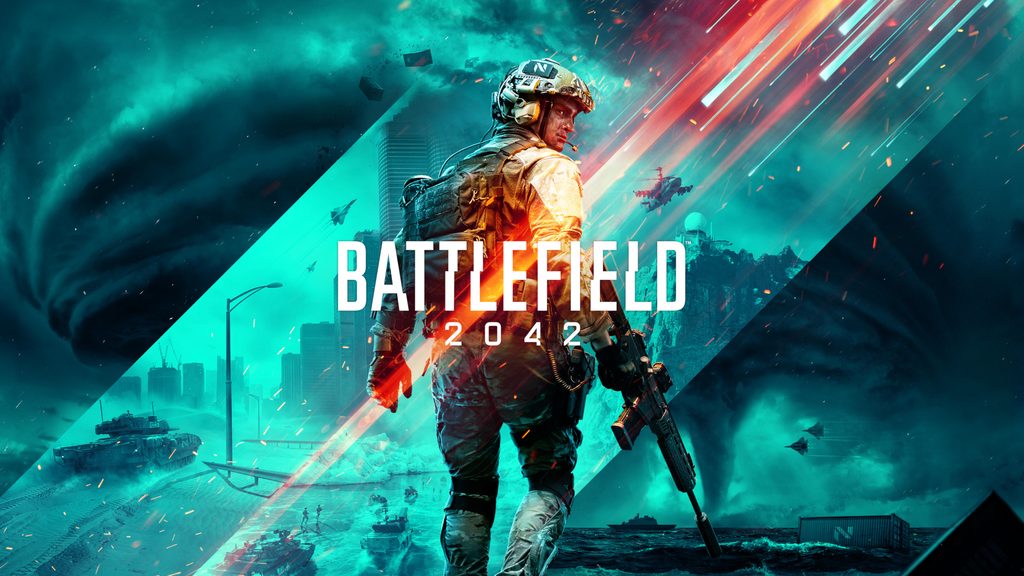



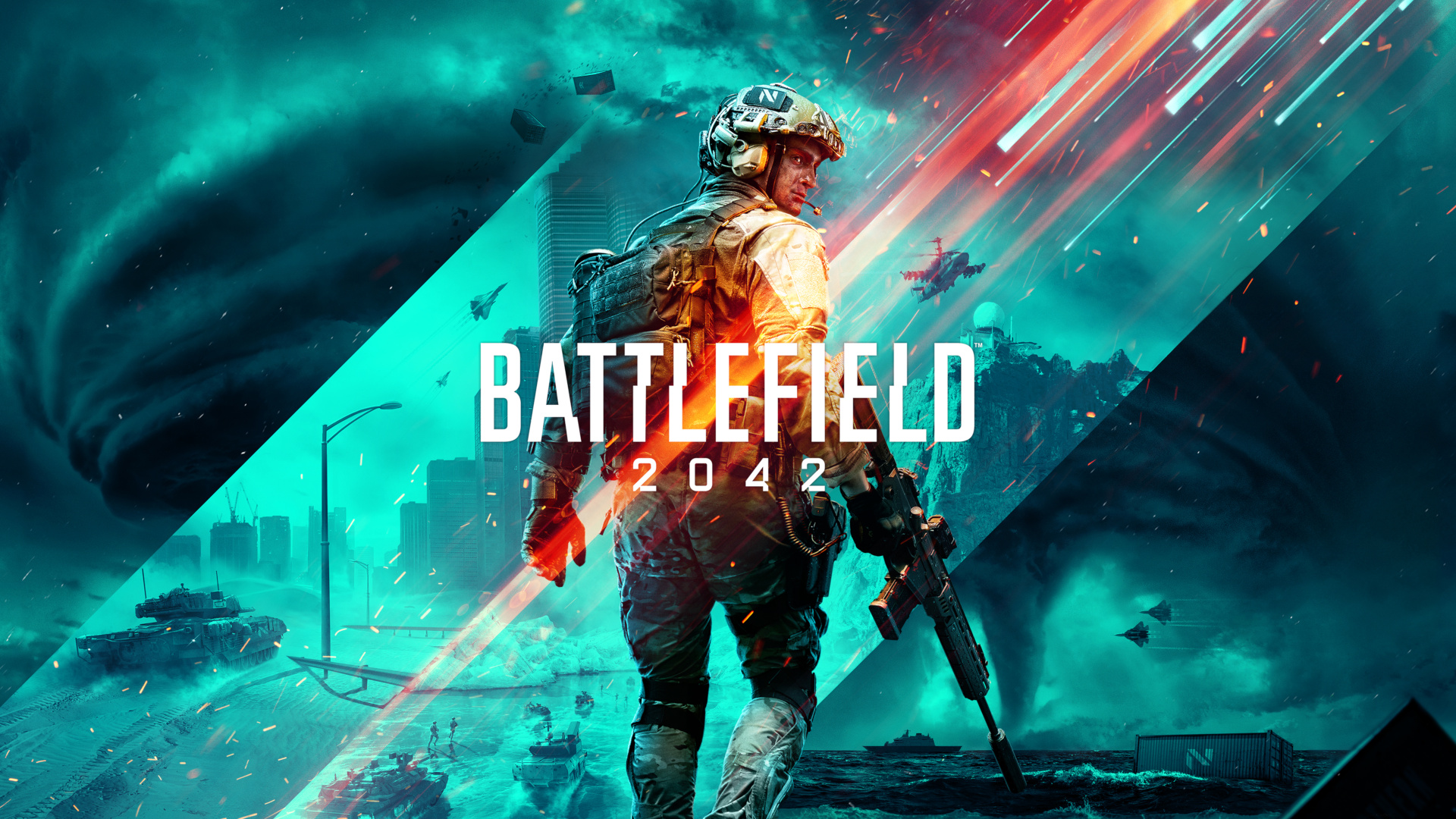
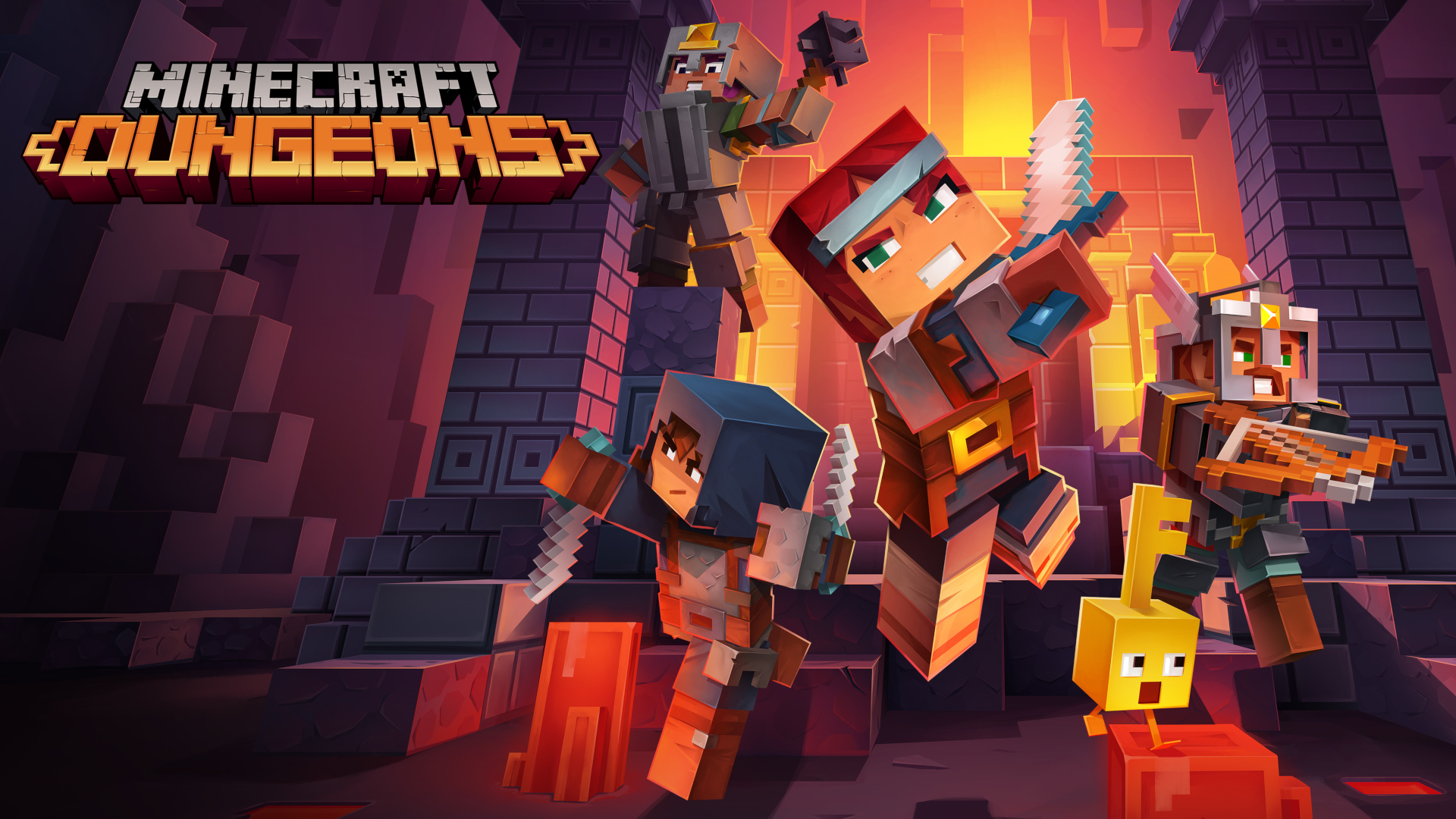
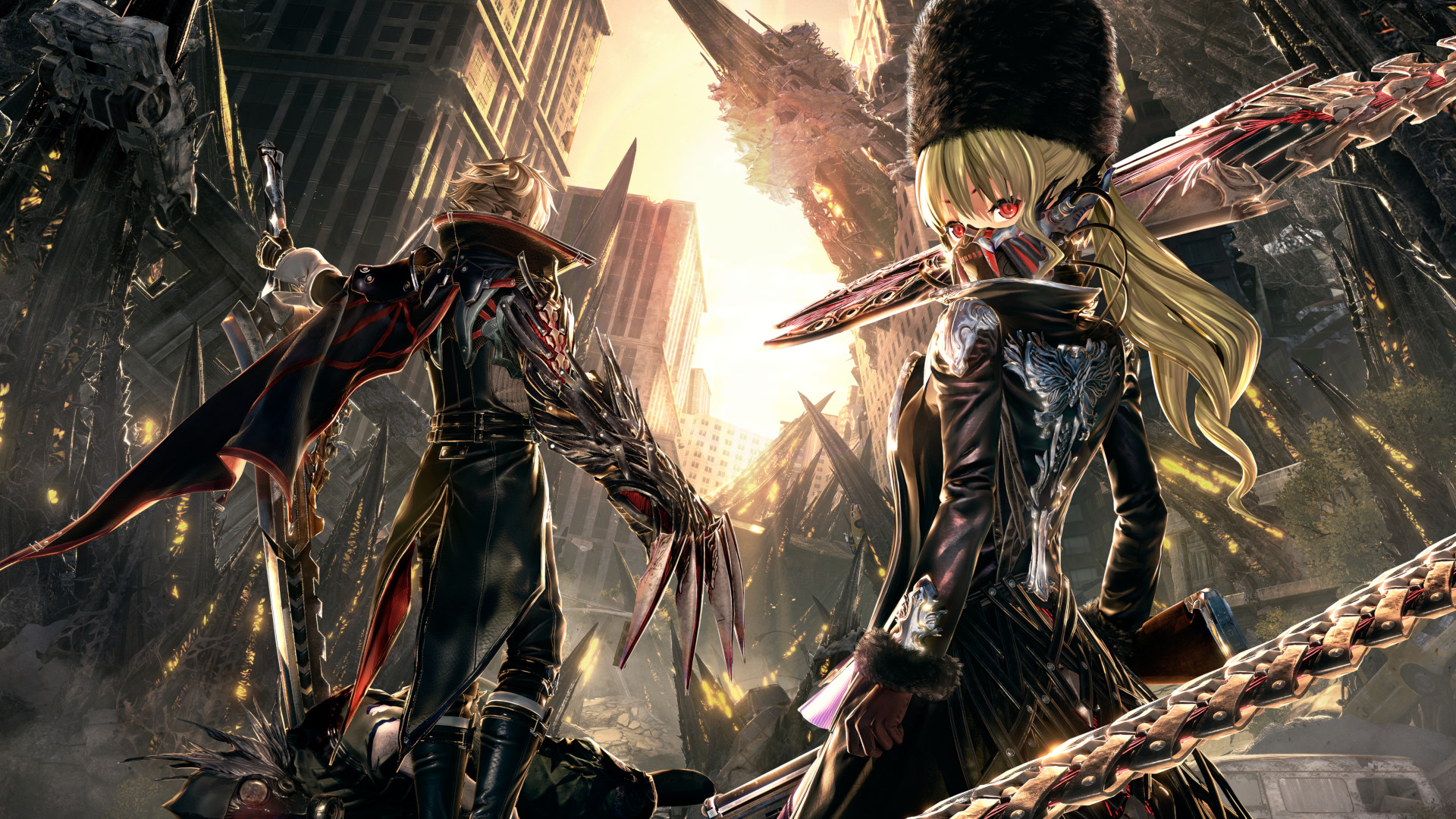
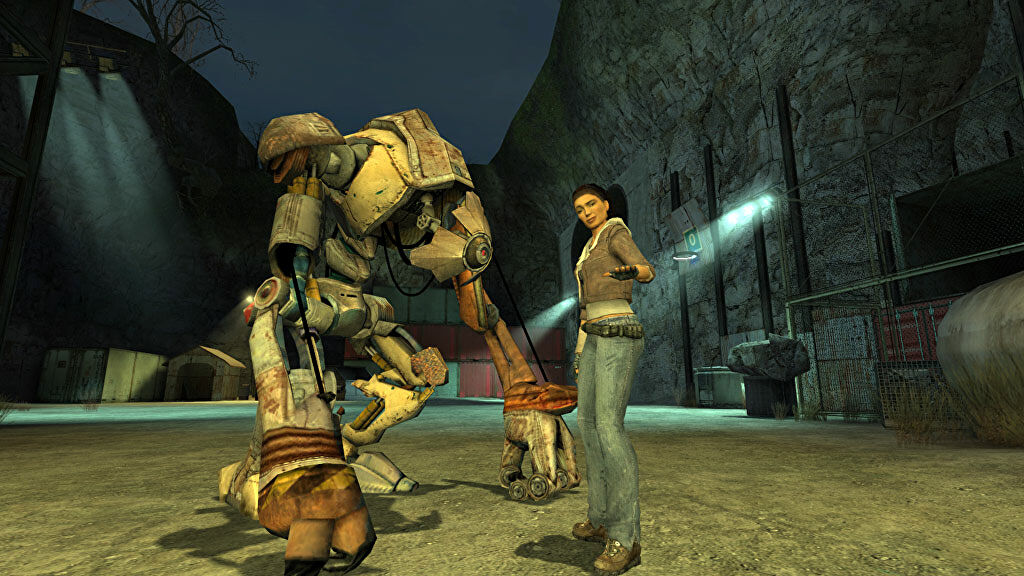
 Half-Life writer Marc Laidlaw of his decision to publish the plot of Episode 3 as fanfiction. “I was living on an island, totally cut off from my friends and creative community of the last couple decades, I was completely out of touch and had nobody to talk me out of it. It just seemed like a fun thing to do… until I did it.”
Half-Life writer Marc Laidlaw of his decision to publish the plot of Episode 3 as fanfiction. “I was living on an island, totally cut off from my friends and creative community of the last couple decades, I was completely out of touch and had nobody to talk me out of it. It just seemed like a fun thing to do… until I did it.”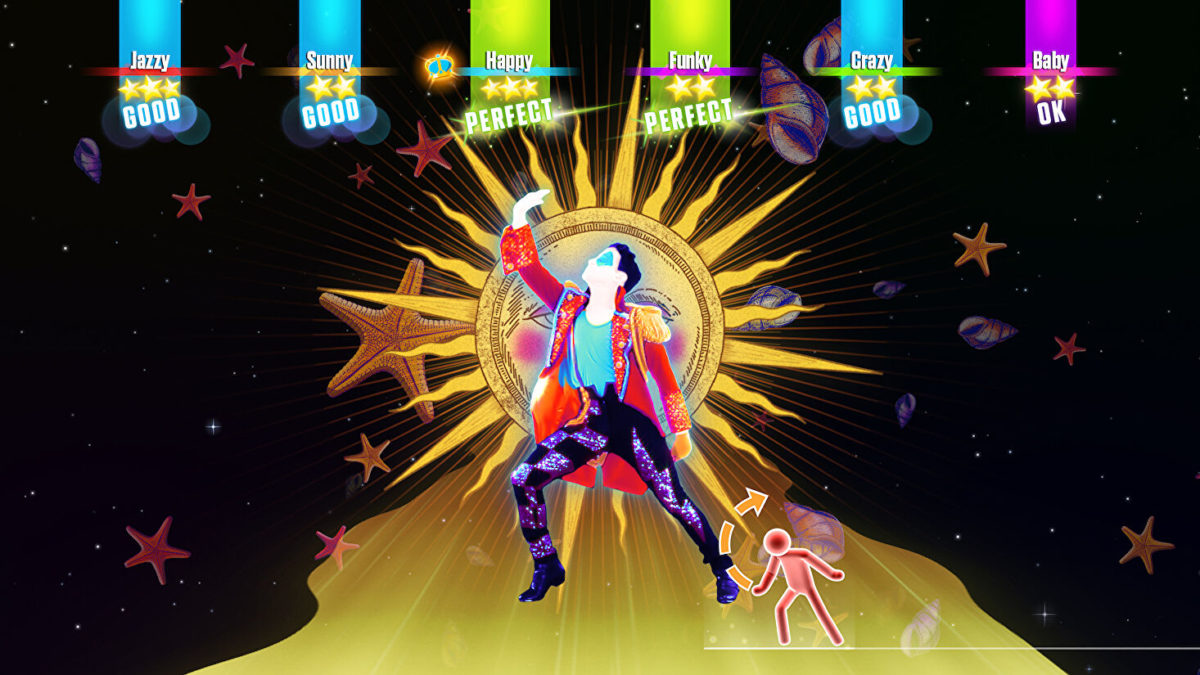
 as the organisation have announced that qualifications begin today for their Olympics Esports Series 2023. The IOC say “the four day-festival will showcase the very best of virtual sports,” featuring esports titans such as Just Dance and Zwift.</p><p><a href=) Read more
Read more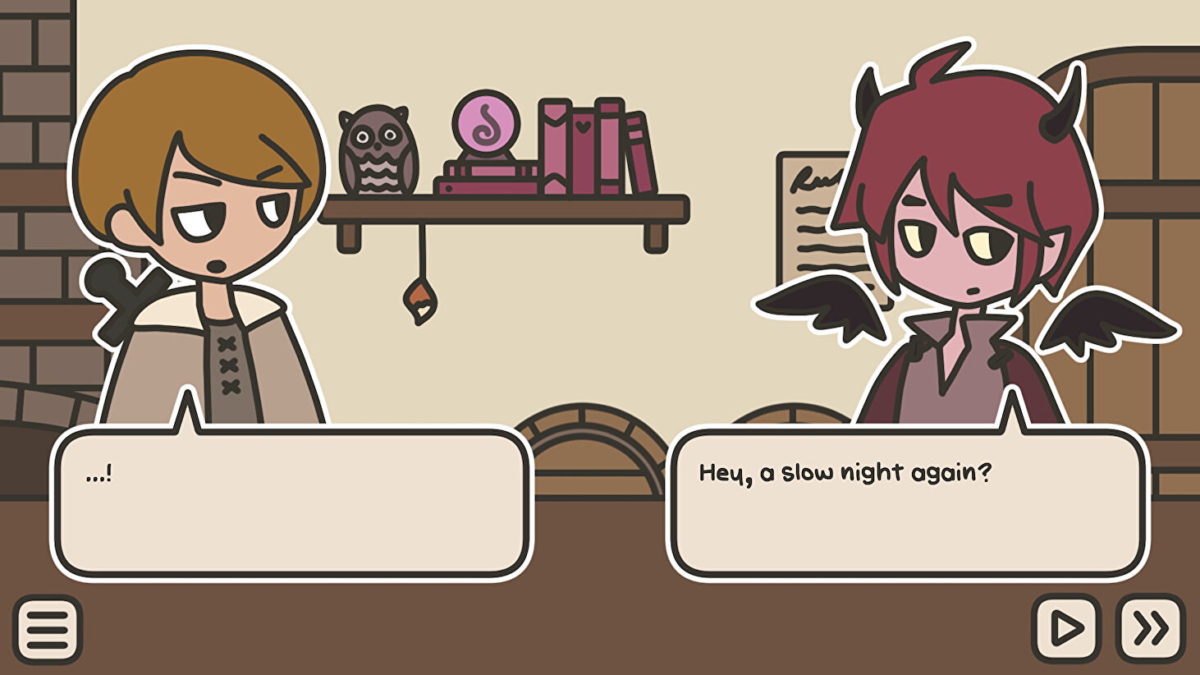
 npckc for their work on
npckc for their work on 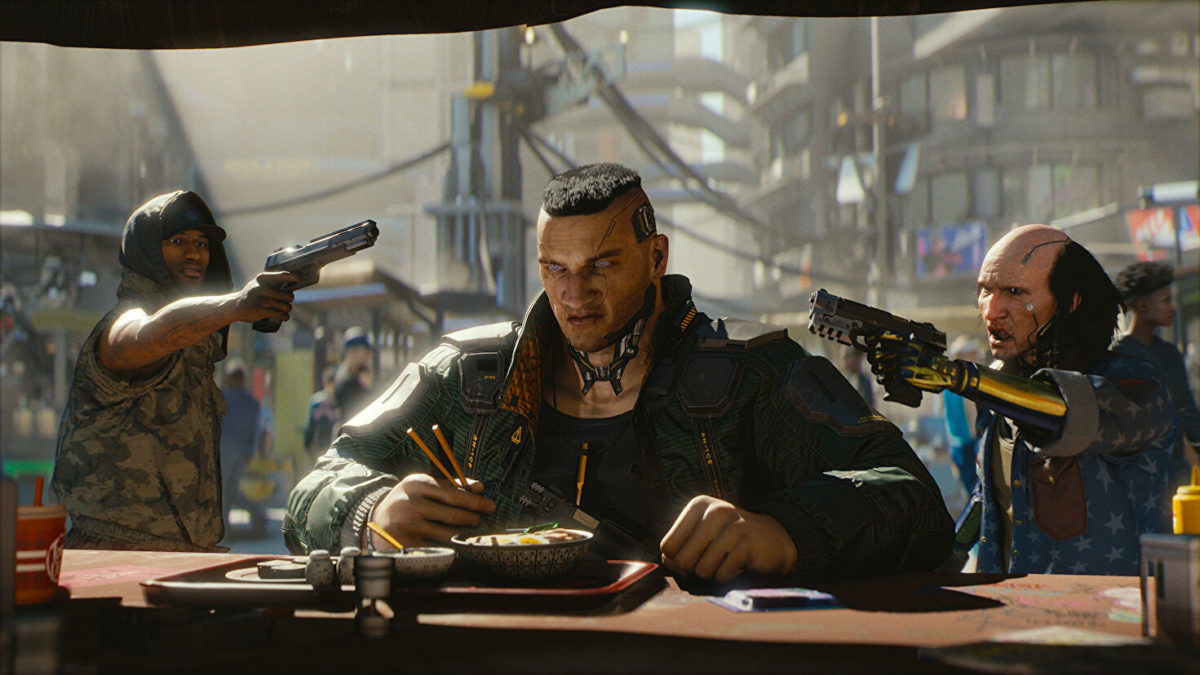
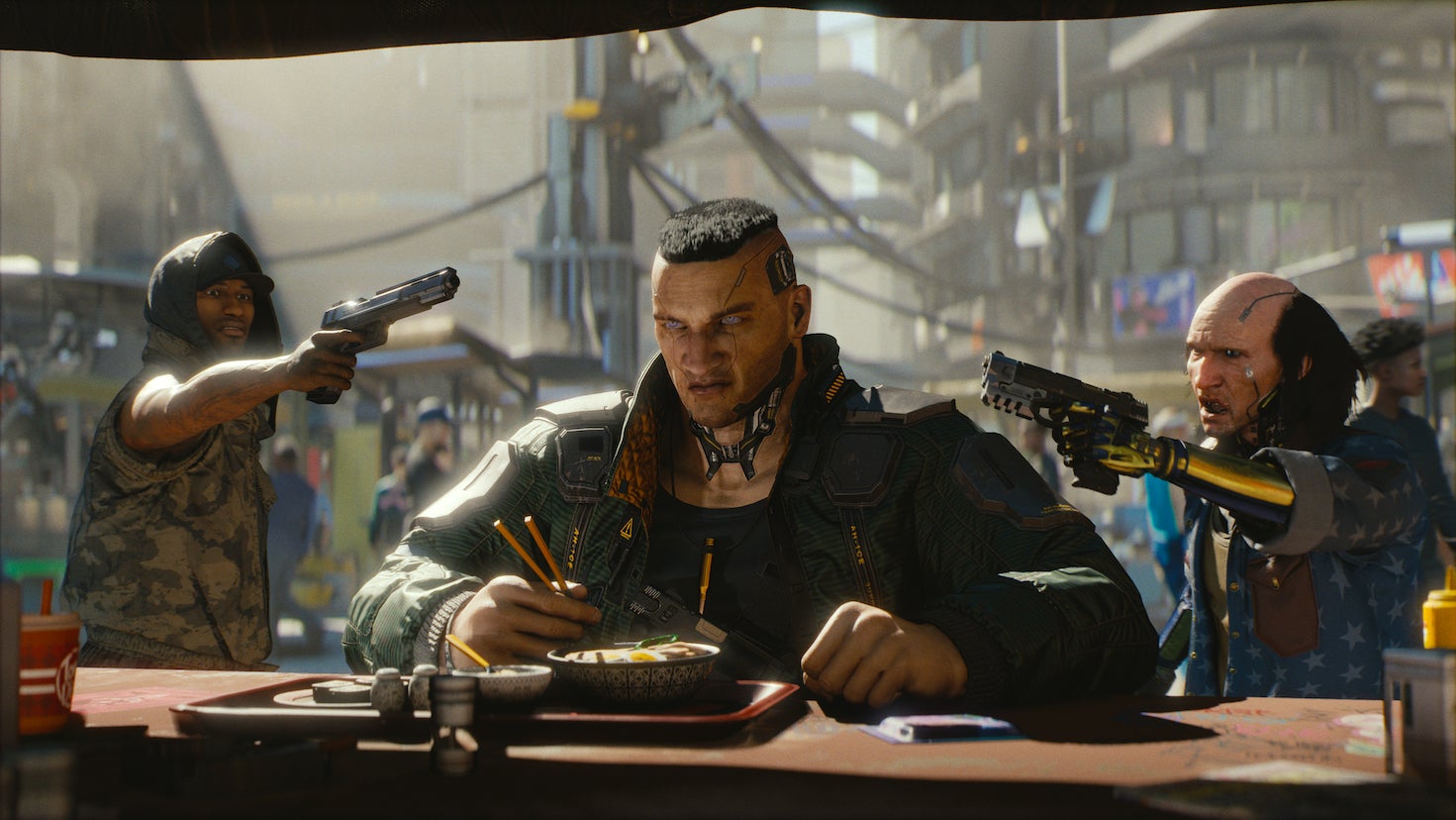 Cyberpunk 2077 finally works… on the Steam Deck, I mean (it’s worked elsewhere for a while now.) The open-world RPG has always been playable on the portable machine, but it’s now Steam Deck verified – meaning Valve have tested it and used their almighty wisdom to determine it’ll run without a hitch.
Cyberpunk 2077 finally works… on the Steam Deck, I mean (it’s worked elsewhere for a while now.) The open-world RPG has always been playable on the portable machine, but it’s now Steam Deck verified – meaning Valve have tested it and used their almighty wisdom to determine it’ll run without a hitch.